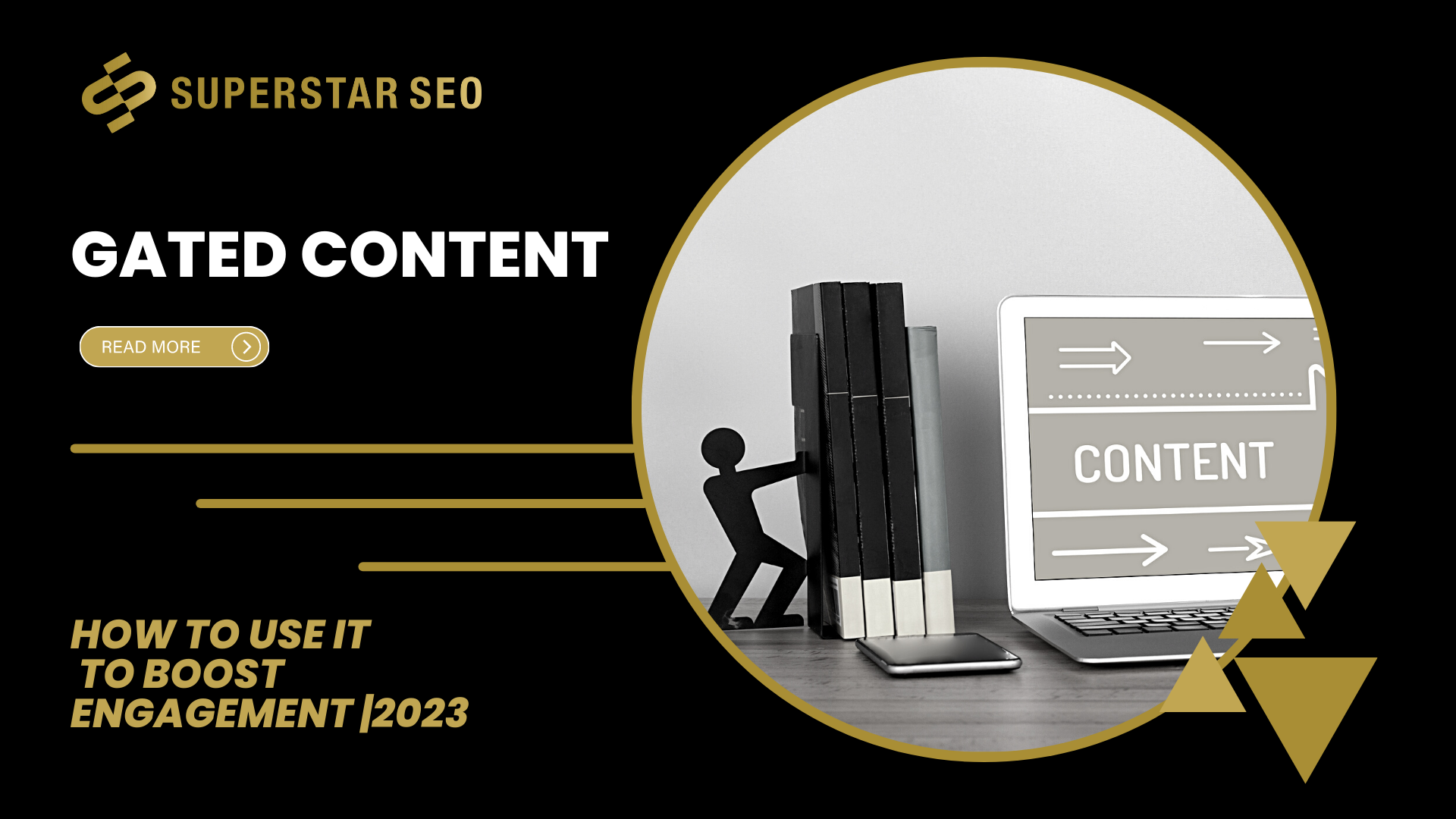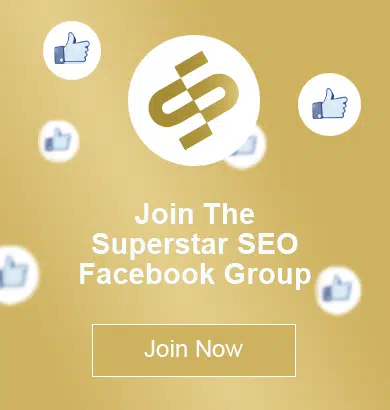How to Use Gated Content to Boost Engagement
It’s time to spice up your engagement game and keep your audience coming back for more with gated content.
But what is gated content?
It’s the content that’s kept behind a paywall OR a sign-up form, and it’s the stuff that your most engaged and dedicated followers will love.
Whether it’s content upgrades, eBooks, white papers, webinars, email series, or scheduling demos, gated content has the power to keep your audience hooked.
So, let’s explore the best practices and strategies to boost engagement in 2025!
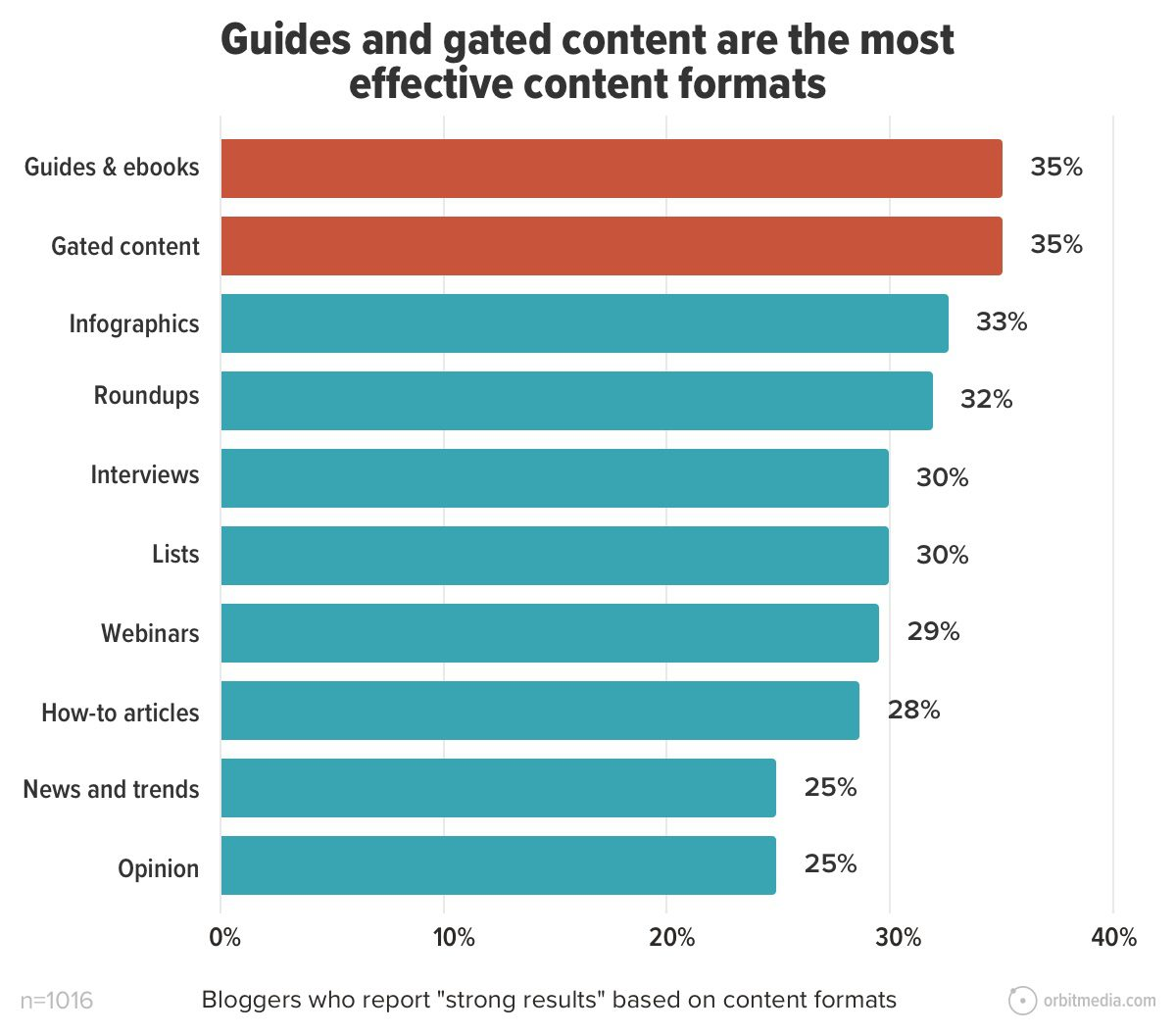
What is Gated Content?
Gated content refers to exclusive, high-value material that requires users to provide personal details—such as an email address, name, or job title—before accessing it. Users access gated content by providing personal information, which allows them to obtain valuable digital materials like articles and ebooks. Often used in lead generation strategies, gated content helps businesses capture and nurture potential leads.
Gated Content Examples
It is the secret sauce that can take your engagement levels to the next level!
It’s like a VIP room at a party – only the most dedicated and engaged guests are allowed in, and they get to enjoy something extra special.
Here are a few gated content examples that you can use to boost engagement on your blog or website:
For creating effective gated content, consider following examples best practices to enhance lead generation and encourage email sign-ups.
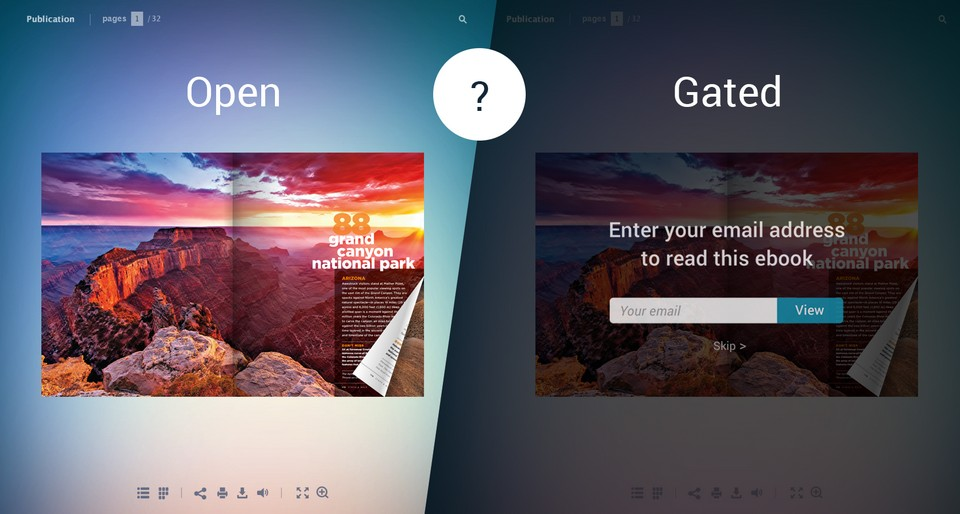
Content Upgrades
These are like little nuggets of gold for your blog post readers. They offer a deeper dive into a subject covered by an ungated piece of content.
For example, depending on the blog post, the content upgrade could be a checklist with the main points of the guide you’ve written.
Ebooks and White Papers
These are longer, more in-depth resources that provide valuable information on a specific topic.
They’re like the PhDs of gated content – packed full of knowledge and insights that your audience will love.
Webinars
If you’re looking to engage your audience in real-time, webinars are a great choice.
They’re interactive events that let you share information and answer questions in real-time.
Plus, they’re a great way to build a community around your brand.
So, 73% of B2B companies believe they are the best way to generate high-quality leads.
Email Series
If you’re looking to build a relationship with your audience, email series are the way to go.
They’re a sequence of emails that educate and engage your audience on a specific topic.
Scheduling Demos
Scheduling demos can be a great way to engage with your audience if you’re selling a product or service.
They give potential customers a chance to see your product in action and ask any questions they may have.
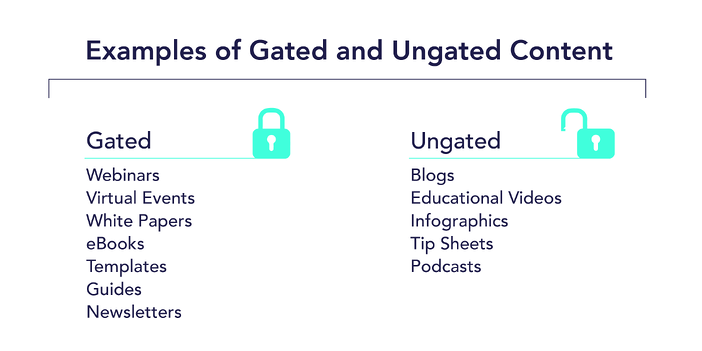
How Gated Content Work
Gated content is a type of online content that requires users to fill out a form to access it. The form usually asks for basic personal information, such as a name or email address. Gated content is often used by businesses as a lead generation tool.
A well-executed gated content strategy is crucial for optimizing lead generation and engagement. By testing and iterating on various elements of the strategy, and providing valuable resources like tools and templates, you can attract users willing to exchange personal information for access to exclusive content.
Here are some tips:
Choose the right content: The content has to be worth the user’s personal details. White papers, guides, product demos are common types of gated content.
Strong landing page
Promote across channels: Promote your gated content across multiple channels: email marketing, social media, your website, blog posts, paid ads.
Tailor your messaging: Tailor your messaging and promotion for each channel and audience segment.
Follow up with leads: After they’ve given you their details, follow up with and nurture them.
Measure success: Measure the success of your gated content and adjust.
While gated content can be effective for lead generation, it can also cause issues such as limiting viewers, increasing the likelihood of “junk” leads, and harming SEO efforts.
When Should You Gate Content for Your Business?
In Martin Scorsese’s Shutter Island, Teddy Daniels poses a poignant question:
“Which would be worse — to live as a monster or to die as a good man?”
Similarly, deciding whether to gate or ungated your content isn’t always black and white. The choice hinges on several key factors tied to your business objectives. Let’s explore when content gating is most beneficial.
1. Lead Generation
If capturing high-quality leads is a primary goal, gated content is an excellent strategy. By offering valuable resources in exchange for contact information, you can collect valuable data about your audience, building a database of leads genuinely interested in your products or services. Lead generation remains the most compelling reason for gating content.
2. Targeted Marketing and Segmentation
Valuable insights gathered through gated content allow you to gather critical data about your audience, such as preferences, job roles, or specific interests. This data enables you to:
Segment your audience effectively.
Develop personalized marketing campaigns tailored to their unique needs.
With better segmentation, you can nurture leads more strategically, improving conversion rates.
3. Staying Competitive
If your competitors are consistently using gated content as part of their strategy, you risk falling behind by not adopting a similar approach. Gating content can level the playing field and help you stay relevant in your industry.
4. Emphasizing Value
Only gate content when it delivers significant value to your audience. High-quality resources, like detailed guides, original research, or practical toolkits, are worth gating. Visitors are more likely to provide their personal details when they perceive the content as genuinely helpful.
5. Driving Revenue Growth
Well-executed gated content can directly contribute to your revenue goals by:
Driving targeted traffic to premium products or services.
Encouraging upsells or purchases after users engage with your gated materials.
Gated Content Best Practices and Strategies
How do you make sure it’s effective?
Offer Value: The most important thing to remember is that it has to offer value. It can’t be a thinly veiled sales pitch. Make sure your gated content provides your audience with valuable information that they can’t find anywhere else. Create gated content that offers value and addresses the specific needs of your audience to enhance engagement and lead generation.
Make It Super Relevant: Your content should be relevant to your audience’s needs and interests. For example, if your blog is about blogging, an eBook on how to make money blogging would be relevant to your audience and – therefore – more likely to be downloaded (that’s the whole point, after all.)
Be Selective: You don’t have to gate ALL of your content. In fact, it’s best to be selective about what you gate. For example, you might gate a white paper but not a blog post. This helps build trust with your audience, who will see that you’re not trying to hide everything behind a paywall/sign-up form.
Make It Easy to Sign Up: Make it easy for your audience to sign up. The sign-up form should be simple, quick, and not require too much information. The less friction there is, the more likely people are to sign up.
When Should You Gate Content and When Should You Not?
You should gate content when it’s high value, original, or unique, and when it can help you achieve your business goals:
1. High-Value Content
Gate your content when it offers in-depth insights, original research, or thought leadership. Resources like whitepapers, detailed case studies, or exclusive industry reports tend to perform well behind a gate because users see them as highly valuable.
2. Achieving Business Goals
If your aim is to generate leads for high-value products or services, gated content can be a crucial part of your marketing strategy. By offering something that resonates with your audience’s needs, you encourage meaningful engagement and increase conversion potential.
3. Collecting Segmentation Data
For campaigns targeting new markets or audiences, gated content can help you collect valuable data to better segment and understand your audience. For example, form fields can be used to ask about industry, company size, or specific interests.
4. Repurposing Existing Content
If you’ve already covered a topic from multiple angles in ungated formats—such as blogs, infographics, or videos—you can repurpose that material into a gated resource. For example, compile related content into an ebook or toolkit and offer it behind a gate.
What Not to Gate
Avoid gating content that is overly self-promotional or focused on sales pitches. Users are unlikely to exchange their personal information for content that doesn’t provide genuine value. Strike a balance between gated and ungated content to ensure you’re catering to a wide range of audience needs.
Gated vs. Ungated Content
Not all content needs to be gated. Here’s a comparison:
Aspect | Gated Content | Ungated Content |
|---|---|---|
Purpose | Lead generation | Building brand awareness |
Accessibility | Requires form submission | Freely available |
Examples | Ebooks, webinars, premium content, free trials | Blog posts, infographics, guides |
Audience | Targets specific, high-intent users | Attracts a broader audience |
Value | High-value, exclusive content | Builds trust through free access |
|
Pros and Cons of Gated Content
Pros
Generates High-Quality Leads: Captures website visitors who are genuinely interested.
Encourages Targeted Marketing: Enables personalized campaigns.
Creates a Sense of Exclusivity: Positions your content as premium.
Cons
Limits Reach: Not visible to search engines, affecting SEO.
Adds Friction: Some users may abandon the process if it’s too complex.
Restricts Audience Size: Reduces visibility compared to freely available content, making it crucial to utilize multiple marketing channels such as social media, email campaigns, websites, and partnerships to promote the gated content effectively.
Bottom Line
We’ve learned about what is gated content, we saw some fantastic examples, and we learned the best practices and strategies to make it a success.
So, what’s the takeaway from all of this?
Well, it’s simple…it is like the cherry on top of your engagement sundae.
It adds a little extra something to keep your audience coming back for more.
So, don’t be afraid to get creative, offer value, and promote the heck out of your organic content.



